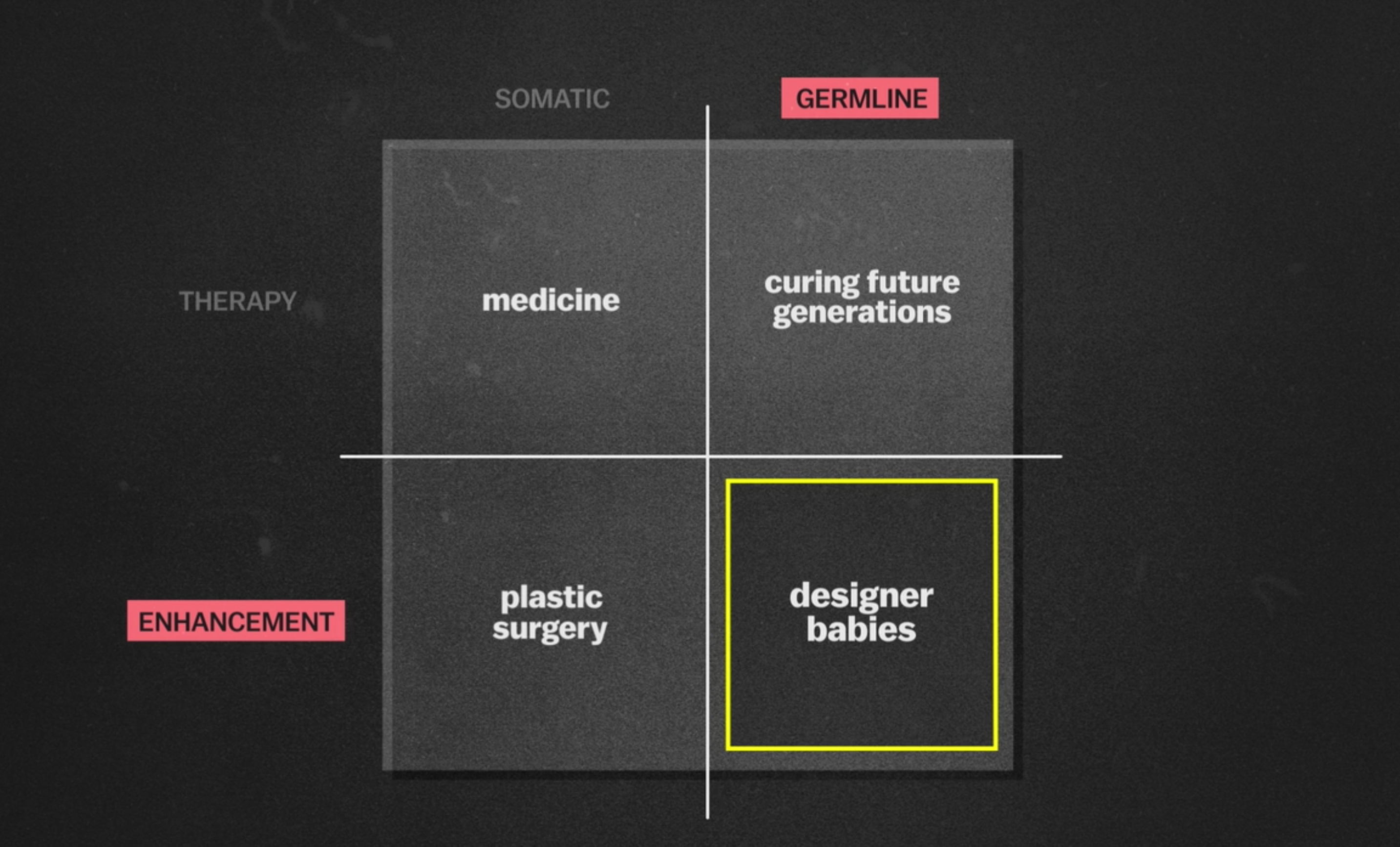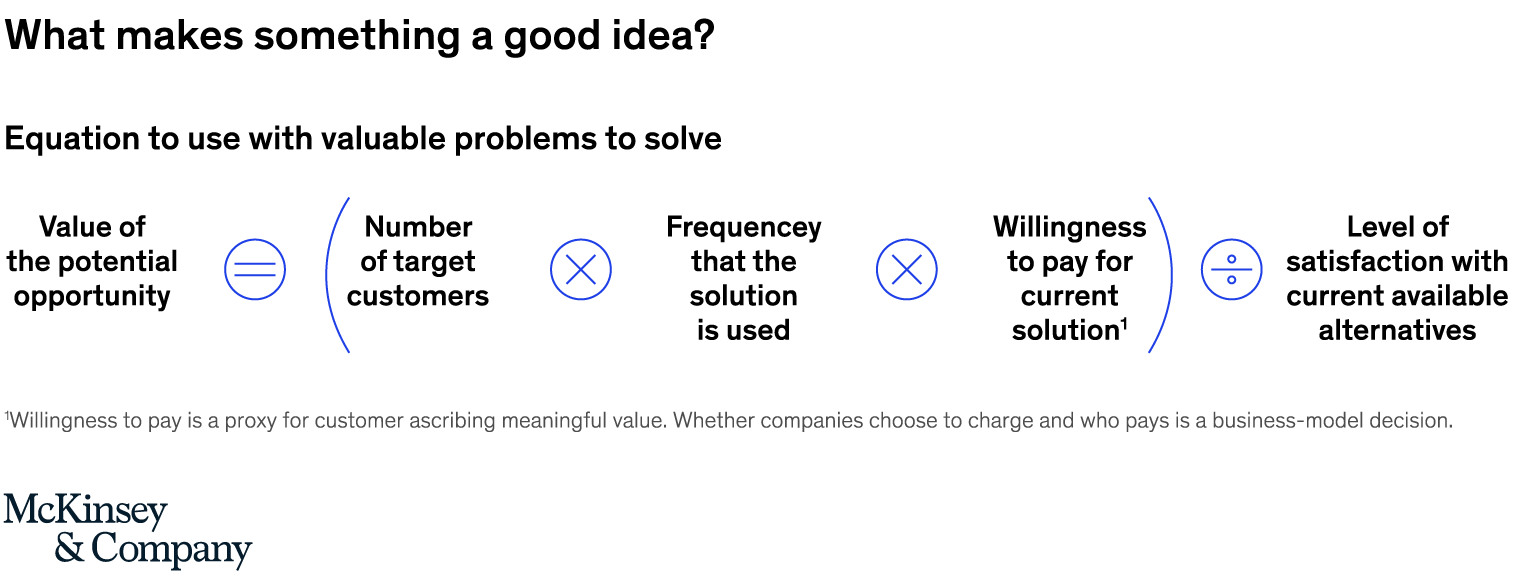Recently read about this long term bet between K. Kelly (techno optimist) and K. Sale (techno skeptic). The best was set in 1995 that by 2020 the world would collapse and tech aspects would have been a major contributing factor in driving the collapse (economic, climate & inequality). Few interesting excerpts from the article here, especially by the arbiter W. Patrick:
Economic Collapse. Sale predicted flatly that the dollar and other accepted currencies would be worthless in 2020. Patrick points to the Dow at 30,000 and the success of new currencies such as Bitcoin. “Not much contest here,” Patrick writes. Round goes to Kelly.
Global Environmental Disaster. Kelly tried to argue that despite worsening climate change, people are still living their lives pretty much as usual. “If this is a disaster, that is not evident to Earth’s 7 billion inhabitants,” Kelly wrote in his four-page argument. But Patrick isn’t convinced. “With fires, floods, and rising seas displacing populations; bugs and diseases heading north; ice caps melting and polar bears with no place to go; as well as the worst hurricane season and the warmest year on record, it’s hard to dispute that we are at least ‘close to’ global environmental disaster,” Patrick wrote in his final decision. This one is Sale’s.
The War Between Rich and Poor. Sale’s book cites devastating statistics on income inequality and the frayed social fabric. If he had written his book after the pandemic, the picture would be even worse. But are the classes at war? Patrick notes that in the decades since Kelly and Sale made the bet, breathtaking economic development has reshaped China and India, among other countries. On the other hand, he points to undeniable social unrest, even in the United States, with Trumpites taking to the streets with semiautomatic weapons, and massive protests against police abuses. He calls this round a toss-up, with an edge to Sale.
Of course, all bets are off. They have not yet resolved the bet.
Read more of this here from WIRED: [The Link]


